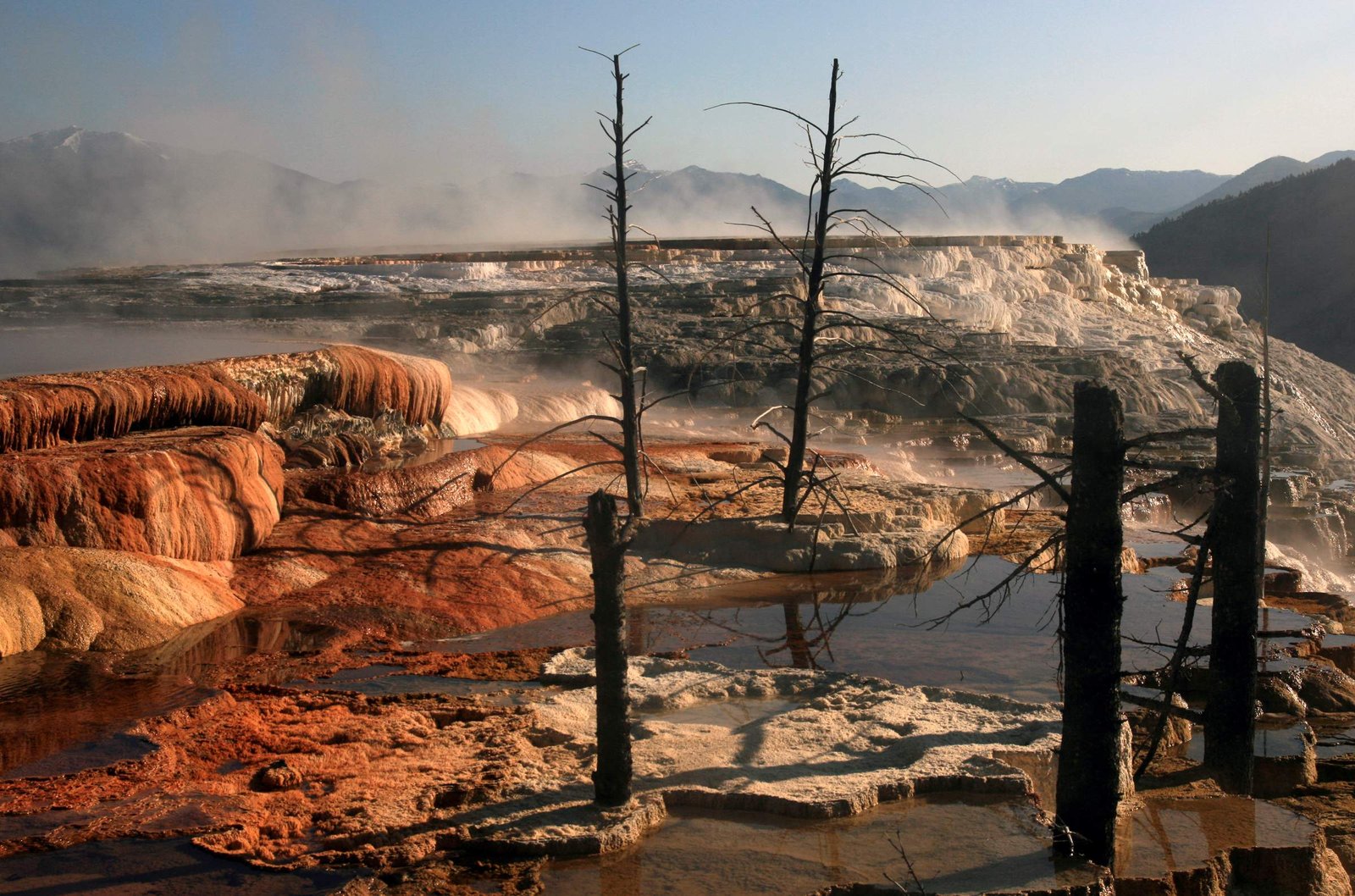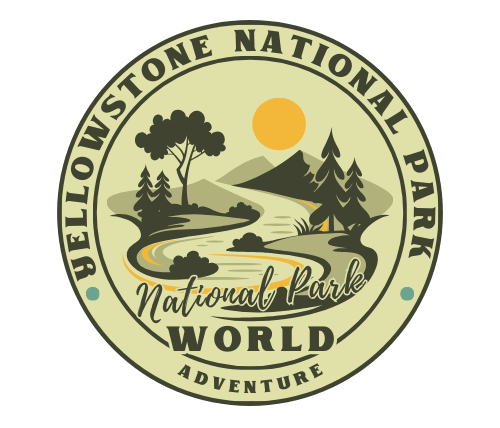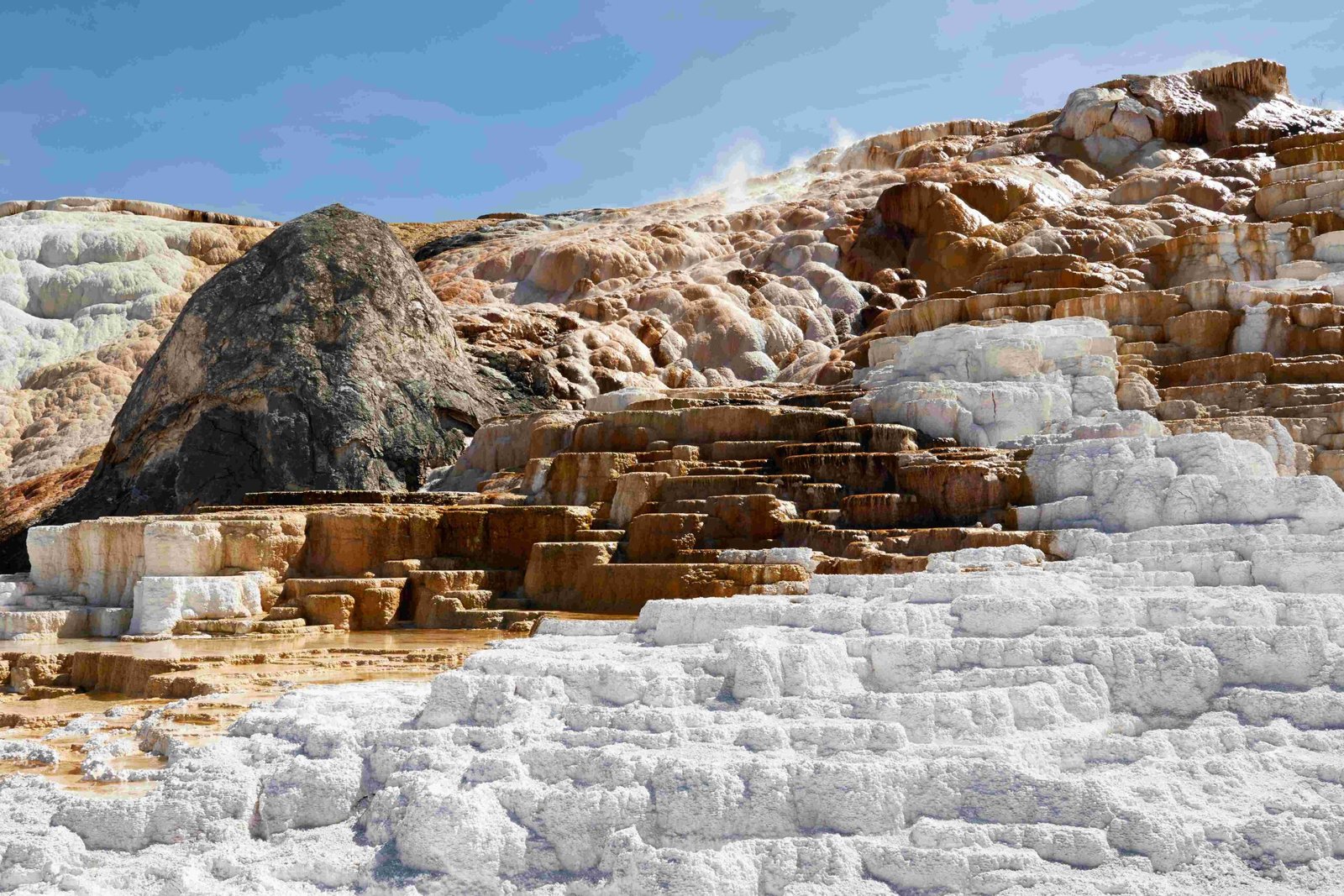Fly patterns for Yellowstone National Park are diverse and change with the seasons. From midges in early spring to terrestrials in late summer, anglers need a variety of flies to match the hatches. Key patterns include Blue Winged Olives, Pale Morning Duns, Salmonflies, and Caddis. Understanding the seasonal hatches and having the right fly patterns is crucial for successful fishing in Yellowstone’s rivers and lakes.
What Are the Seasonal Fly Fishing Hatches in Yellowstone National Park?

Yellowstone National Park offers a diverse range of fly fishing opportunities throughout the year. Understanding the seasonal hatches is crucial for selecting the right fly patterns. Here’s a breakdown of the major hatches by season:
Late Winter to Early Spring (February to Early April)
- Midges dominate this period
- Look for rising trout in slower currents on calm, sunny days
Late May to Early June
- Firehole River clears first from snowmelt
- Afternoon mayfly and caddis hatches
- Blue Winged Olives and Midges are common
June
- Pale Morning Duns (PMDs) and Caddis on Firehole and Gibbon Rivers
- Salmonflies and Golden Stoneflies appear late June on rivers like the Gardner
July
- Peak insect activity
- PMDs, Golden Stoneflies, and Yellow Sally stoneflies are active
- Trico mayflies start to emerge
August
- Terrestrial insects become important
- Good time for lake fishing, especially in backcountry areas
September to October
- Fall Green Drakes, Blue-Winged Olives, and midges are common
- Madison and Firehole Rivers fish well with various hatches
- Large migrating fish can be targeted with baitfish imitations and large nymphs
What Are the Must-Have Fly Patterns for Yellowstone National Park?

To be prepared for various fishing scenarios in Yellowstone, anglers should carry a diverse selection of fly patterns. Here’s a comprehensive list of essential flies:
- Midges (Sizes 18-22)
- Griffith’s Gnat
-
Zebra Midge
-
Blue Winged Olives (Sizes 16-20)
- BWO Dry
-
BWO Nymph
-
Pale Morning Duns (Sizes 14-16)
- PMD Dry
-
PMD Nymph
-
Salmonflies (Sizes 4-8)
- Salmonfly Dry
-
Salmonfly Nymph
-
Golden Stoneflies (Sizes 8-12)
- Golden Stonefly Dry
-
Golden Stonefly Nymph
-
Yellow Sally Stoneflies (Sizes 12-14)
- Yellow Sally Dry
-
Yellow Sally Nymph
-
Trico Mayflies (Sizes 18-22)
- Trico Dry
-
Trico Spinner
-
Caddis (Sizes 10-16)
- Elk Hair Caddis
-
Nectopsyche Caddis (White Miller)
-
Terrestrials (Varying sizes)
- Grasshopper
- Ant
- Beetle
How Do Fly Patterns Vary by Yellowstone’s Rivers?
Different rivers in Yellowstone National Park have unique characteristics that influence the effectiveness of certain fly patterns. Here’s a guide to fly selection for some of the park’s most popular fishing destinations:
Firehole River
- Known for its thermal influence
- Fishes well early in the season
- Key patterns:
- Blue Winged Olives
- Midges
- Pale Morning Duns
- Caddis
- Note: Becomes too warm by late June
Gibbon River
- Offers excellent dry-fly fishing
- Broken character ideal for blind-fishing with dry flies
- Effective patterns:
- Attractor patterns
- Pale Morning Duns
- Caddis
Gardner River
- Turbulent, swift freestone river
- Salmonflies and Golden Stoneflies hatch in late June
- Recommended techniques:
- High stick nymphing
- Dry fly fishing with large stonefly imitations
Madison River
- Known for selective trout
- Fishes well in June and again in September-October
- Various hatches throughout the season
- Challenging but rewarding
What Are the Key Seasonal Fly Patterns for Yellowstone?
Understanding which fly patterns are most effective during different seasons can greatly improve your chances of success. Here’s a seasonal breakdown of key patterns:
| Season | Key Fly Patterns |
|---|---|
| May-June | Blue Winged Olives, Midges, Caddis, Pale Morning Duns |
| July | Salmonflies, Golden Stoneflies, PMDs, Terrestrials |
| August | Terrestrials (grasshoppers, ants, beetles), Trico mayflies |
| September-October | Fall Green Drakes, Blue-Winged Olives, Midges, Large nymphs and streamers |
How Should Anglers Adapt Their Fly Selection Throughout the Day?
Successful fly fishing in Yellowstone often requires adapting your fly selection as conditions change throughout the day. Here are some tips:
- Early Morning:
- Start with midges or small mayfly patterns
-
Look for subtle rises in slower water
-
Late Morning to Afternoon:
- Switch to larger mayfly patterns as temperatures rise
-
Be prepared for caddis hatches on warmer days
-
Evening:
- Return to smaller patterns as light fades
-
Caddis and spinner falls can provide excellent dry fly action
-
Cloudy Days:
- Blue Winged Olives can hatch at any time
-
Keep a selection of BWO patterns in various sizes
-
Bright, Sunny Days:
- Focus on terrestrial patterns, especially in late summer
- Fish deeper with nymphs during the heat of the day
By following these guidelines and adapting to the specific conditions you encounter, you’ll be well-equipped to make the most of the fly fishing opportunities in Yellowstone National Park. Remember to always check local regulations and practice catch-and-release to help preserve this incredible fishery for future generations.
References:
1. https://www.montanaangler.com/montana-fly-fishing-rivers/yellowstone-river-hatch-chart-fishing
2. http://www.flyfishingyellowstonenationalpark.com/flies/
3. https://www.montanaangler.com/montana-fly-fishing-blog/201801/fishing-yellowstone-park-june
4. https://www.yellowstone.org/yellowstone-fly-fishing-tips/

